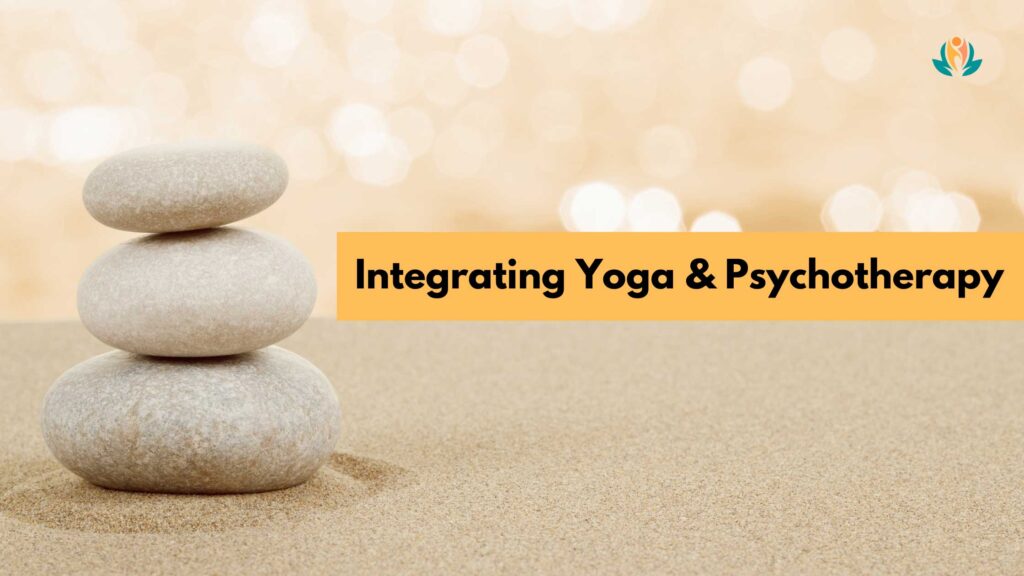I received a call from an exasperated couple seeking an emergency session noting heightened tension and arguing during this election season.
They have been together for decades, come from very different backgrounds, raised 3 successful adult kids and although they tended to differ to some degree in their political ideologies, they always managed to work through their differences and focus on building a strong family and life together.
Yet, the current political climate, the issues at stake and the choices between political candidates this year created a divide so wide, they had never encountered before. They weren’t so sure they “liked” each other or who they were becoming with one another.
Both acknowledged feeling committed to working on things, yet felt uncertain if it was possible to bridge this recent gap. And both acknowledged they needed guidance and support and couldn’t go at it alone.
Together, this is what we addressed in our couples sessions, (not exactly this linearly, because the nature of the work isn’t always so linear, but these are the areas we covered)
1. Clarifying Your “Why”
The jumping off point for beginning couples work at any time is for each partner to honestly and clearly answer to the following question, “why am I doing this and what is it I hope to gain or want to change or be different for myself and our relationship?”
In this situation, both partners expressed wanting to ease the tension, explore the viability of their relationship at this juncture in time, and see if recovering a sense of respect and appreciation for one another was possible.
(If the answer to that question was “I wish to change my partner’s mind, and help them align with my beliefs”, we would have had a very different conversation, approach and challenge in working together – a topic for another article at another time)
2. Establish Boundaries for Discussion
As I do with most couples I work with, I introduced this couple to the work of Marshall Rosenberg, PhD, on Nonviolent Communication and established certain guidelines around communication. Establishing boundaries and parameters such as listening without interruption as well as, “Resisting the urge to blame or slander each other’s character if you don’t like what they are saying”, “Focusing on being curious not furious” and “Creating a container and boundaries around when you can discuss hot topics” were all part of our working contract.
3. Remember What Brought You Together
Reflecting on the foundation of the relationship and the qualities each had loved and liked about each other was important for each person to take an honest accounting of both their relationship history and their core values. Asking each partner to reflect on the journey they have had thus far, the hurdles that they have overcome in the past, what they have appreciated about one another, how the relationship has supported not only the growth of their family but their individual growth was an important part of this work.
Oftentimes when tensions arise, partners can become myopic in their focus on what’s not working now and lose sight of much of the value they had previously found with one another. Reminding yourselves of your commitment, shared goals, and positive memories can strengthen your bond and make political disagreements feel smaller in the grand scheme of things.
4. Respect Individual Experiences
Creating clarity around each partner’s different life experiences that shaped their current political views was an important part of cultivating respect for one another. Recognizing that each partner’s experiences have led them to their current beliefs, even if they’re different , can build empathy and reduce resentment.
It’s very important to go beyond political labels to understand what each other’s beliefs mean at a deeper, core level. Often, disagreements on specific issues mask shared values like sanctity of life, fairness, security, or freedom.
5. Limit Media Exposure Together
Making sure to avoid overloading each other with political media or constantly sharing news updates with one another was part of establishing boundaries but more specific to the political issues at the heart of their divide.
Media can fuel stress and amplify differences, so creating space for other shared activities—watching a favorite show, cooking together or working on a puzzle—provided this couple the chance to give the relationship a break from political tension and engage in shared activities that they found mutually enjoyable.
6. Agree to Disagree Respectfully
While this couple had been able to agree to disagree respectfully in the past, this was the main challenge right now. Reasserting that if this relationship was to be viable, the effort to change each other’s mind would be more destructive than constructive. Acknowledging that agreeing to disagree, with respect and understanding, is not the same as aligning with or giving in to your partner nor that it meant that either partner was “weaker” or less than than the other was key.
Also seeing that each partner was more complex than any one belief they held that differed from each other was important. Seeing beyond and deeper than what is expressed and working to agree to disagree respectfully is often the mature way to handle ongoing differences.
7. Making the Choice to Pause and Pause Kindly
When a conversation becomes heated, our nervous systems can either continue to co-regulate each other up to a state of heightened hypervigilance and attack, or we can choose to pause and take a break so we can downshift to a space that is more calm.
Learning that they each had the power of choice in taking a pause and providing each other a chance to cool down was not only helpful for this couple but enabled a space to build awareness and empathy towards how they had been treating one another.
8. Seek Common Ground on Community or Social Issues
This couple in particular has been involved in their community volunteer services in the past. Bringing back a shared focus on local issues or community-based solutions helped to bridge part of the divide they experienced. Volunteering or supporting shared causes allows both partners to feel they’re making a positive difference, even if they disagree on broader politics.
9. Clarification of Values and Desires for Their Future
Through this work together, both partners were able to create space for one another to clarify what they value individually and together as a couple. They were able to express what their hopes and dreams for a future together could look like and reassert their commitment to one another. They agreed that they need not like every single aspect of one another and were able to listen to and learn from each other’s different political views without judgment and condemnation.
10. Be Open to Learning
Through hard, honest, emotional yet committed work this couple was able to work through their pain and discord, none of which could have happened if each partner had not been open to learning about themselves and their partner in the process. They were each able to clarify for the other why they held a particular position and listen and speak in newer, clearer and more compassionate ways with one another.
Allowing the relationship to be a space where both partners can grow. Being open to your partner’s perspective (even if it doesn’t change your mind) encourages mutual learning and may reveal insights each hadn’t considered before.
If you or someone you know would benefit from working with a couples therapist to bridge discord or chart a new path forward, drop us a line at newclients@bhavatherapygroup.com, Our team is here to help.



